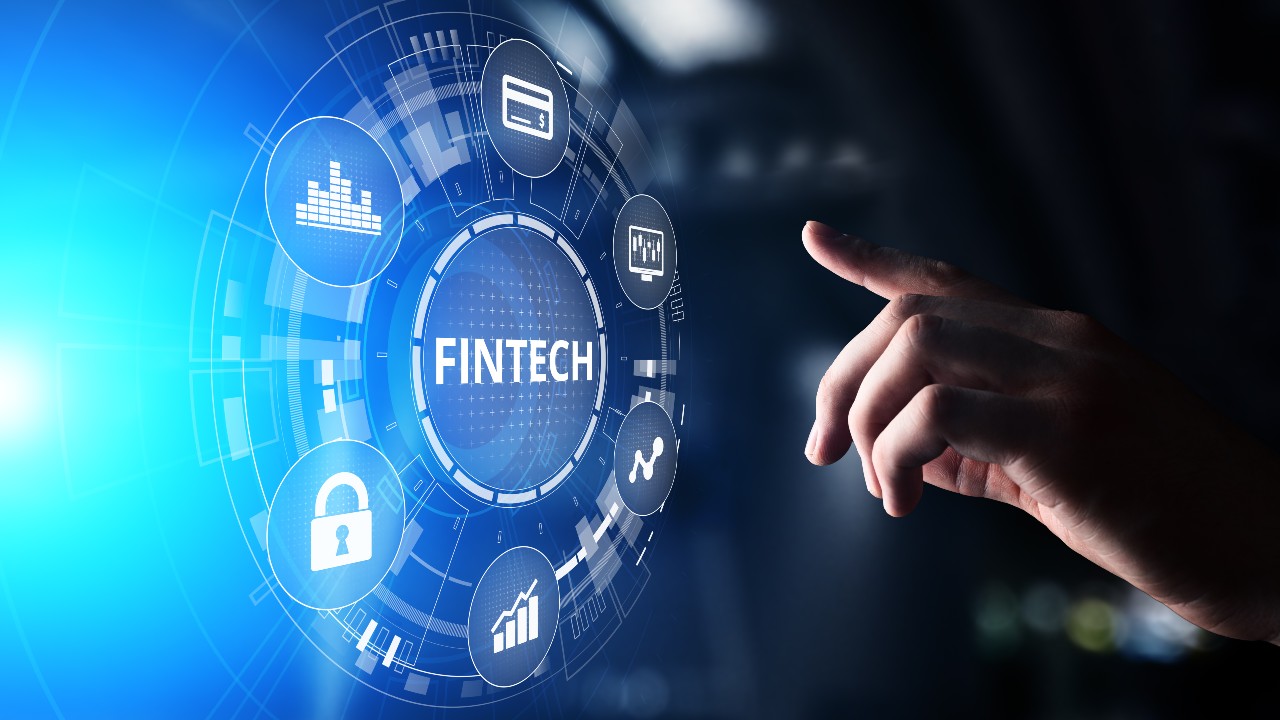Over the last few years, the FinTech industry has been changing the landscape of financial services, and is quickly becoming one of the fastest-paced industries around the world. Banks and other financial institutions are using FinTech to develop stronger, customer-focused models that deliver a better banking experience for all, from digital payment processes and online assistance to personal digital assistants, saving and investing tools, and more. The FinTech industry is leading the way for some of the most intuitive and innovative ways for people to interact with money and technology, working to make their lives easier.
2020 brought huge change to our everyday lives; ecommerce grew, people started using less paper cash, and many moved over to internet banking and contactless payment options. In obeying the restrictions imposed upon us, many people have unknowingly helped the FinTech industry to grow at an even faster rate than predicted. USD$50 billion is invested into FinTech each year—a strong indicator of its place in the world. The following are a few trends that will likely be at the forefront of FinTech growth, understanding, and development in 2021. (1)
- Contactless payment
If the last year has done anything, it’s certainly made it clear that we must find new ways of doing things. In many places around the world, restrictions and social distancing still apply, and it may seem counter-intuitive for the FinTech industry not to pay attention to this. Back in May 2020, 19% of U.S. consumers made a contactless digital payment for the very first time. Nearly two-thirds of them used a smartphone to do so. Pandemic aside, this is still an extremely convenient way to pay for things.
Many leading experts do believe that contactless digital payment is only just in its infancy, and will evolve from being an option to a necessity. Companies such as PayPal and Apple pay are benefiting greatly from this, and will most likely continue to as the use of paper cash decreases over time. Over at Railsware.com, you can have a look at various ways in which FinTech can financially benefit you, including understanding contactless payment.
- Digital banking
The demand to visit physical establishments—such as banks—has declined over the last twelve months. Many people are still confined to their homes, or at least opting to function more remotely and consciously than ever before. Thanks to advancements in artificial intelligence (AI), biometrics, online banking, and cybersecurity, digital banking is now more convenient than ever. Consumers can now access a wide range of personal financial services and information, and do certain tasks within seconds on their devices.
In just two years, the number of consumers worldwide engaging in FinTech platforms increased from 33% in 2017 to 64% in 2019. Even prior to the pandemic, people were heading towards using FinTech apps for banking and their day-to-day needs and activities, with millennials taking the lead. Judging by the current numbers, 2021 will certainly continue to show an increase of digital banking in consumers. (2)
- Digital currencies
For the last couple of years, the cryptocurrency space was rather stagnant, not showing much sign of moving forward or backward. 2020, however, saw the resurgence of interest in cryptocurrency. The pandemic seemed to push us towards the idea of a truly paperless world and because of this, digital currencies are becoming more and more popular, with bitcoin currently wearing the crown—at least for the foreseeable future. While this realm of technology can be difficult to understand, bitcoin seems to be easy enough to grasp, which is one reason why it sits at the top of the list.
The downside to bitcoin’s rise is the negative effect that it could have on the market. When bitcoin reached these levels previously, there was a spectacular market crash. The difference here is that many investors are now holding on to bitcoin as a long-term investment, helping to take away the frenzy that happened last time.
- AI—machine learning
AI has been and will continue in 2021 to be the most significant technology class. FinTech apps this year will continue to use AI more than ever before. The potential for AI and machine learning in FinTech is only growing, with things such as authenticity verifiers, fraud prevention tools, and chatbots. Not only are these aspects of AI within FinTech getting smarter and more reliable, but people are becoming more comfortable using them. This has possibly been the biggest influencer on AI—the openness of humans to explore and use FinTech and other technologies that utilize AI in an effective way.
According to market research, the AI-in-FinTech market was valued at USD$6.67 million in 2019, and is expected to grow to USD$22.6 million by 2025. Essentially, it is estimated that the demand for process automation among financial organizations will only get bigger, and work to drive the market up. Process automation is one of the major movers of AI in FinTech and financial organizations. (3)
- Payroll
How people are being paid has also been hugely affected by FinTech and the growth of online currency processes. There are more flexible payday options and apps available that allow consumers to have access to funds in advance of their actual payday. This access provides people with a better sense of control and financial capability. FinTech is working to evolve different aspects of payroll such as salary on-demand, salary advances, early direct deposit, and even crypto payroll. (4)
These aspects will most likely continue to grow and receive attention in 2021. Although much of the talk will be about financial control and wellness, it’s still a kind of growth that FinTech has its hat in.
Conclusion
Technology is only going to grow and FinTech companies are only going to benefit from it. As more people become comfortable in the online world, more attention is given to FinTech and how financial institutions are handling their customers’ needs and money. It is likely that 2021 will see an increase in different payroll methods, AI machine learning, and a continued rise in popularity of digital currencies and banking.






